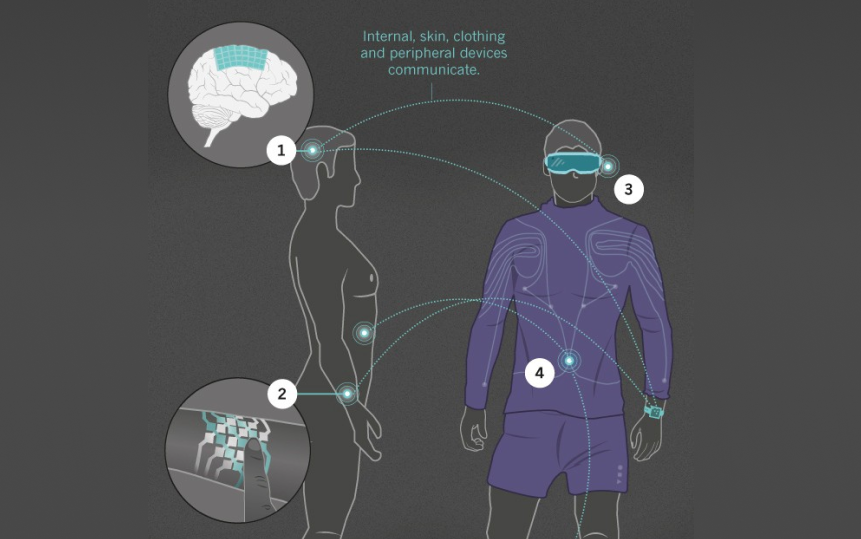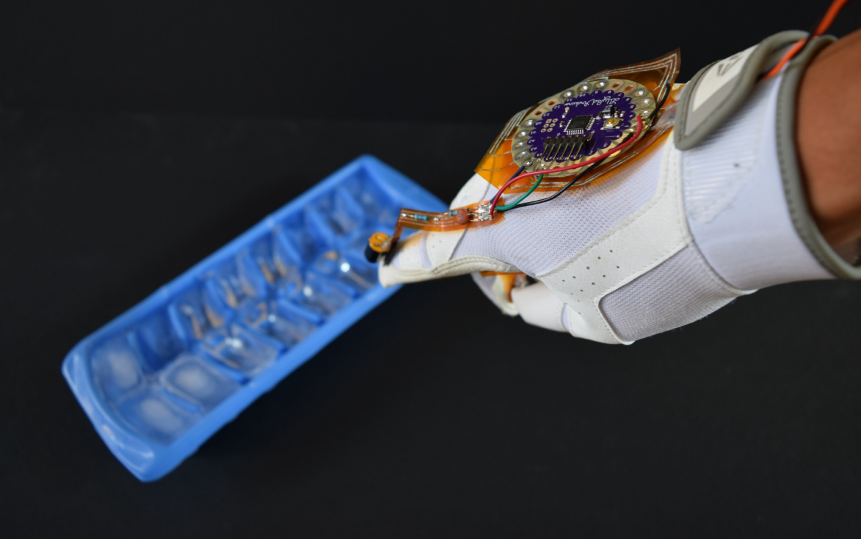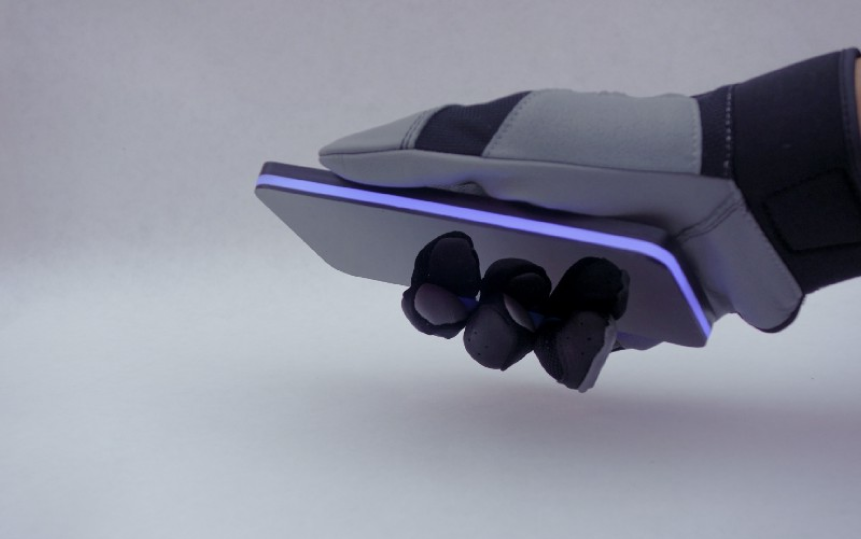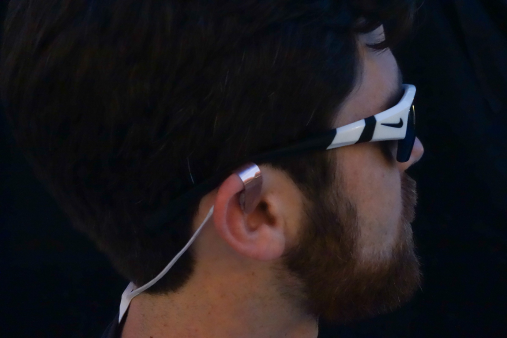




Samsung Wearables
So what does the future of technology look like? As a graduate student at Stanford, I worked with a research team looking into this question. We prototyped and developed concepts of what we think technology will look like in the future. We looked at the most recent technological advances and paired it with a human-centered approach to research. The research group continued this work and recently had their paper published in Nature.
Bring on the bodyNET
Now when we talk about wearables, we aren’t just talking about fitbits. We are talking about four different layers of technology:
• Peripherals
• Smart Clothing
• On Skin Devices
• Implants
These four categories will work together to make a cohesive ecosystem of technology.
At the center of this ecosystem is a central battery and processor. It will most likely live on your back, either in clothing or connected to your skin. By centralizing power, we can decentralize the human-technology interactions. Devices will no longer have to carry their own batteries or processors. They will become smaller, lighter, and more manageable. This means we will no longer be trapped by our touch screens but we will be able to use the dexterity and creativity that humans are so good at.
Humanizing Technology
A big part of this project was considering the human elements of technology. Google Glass failed because it was culturally unacceptable. None of us want to walk around in a world where AR places advertisements everywhere we look. We don’t want to be constantly distracted by our technology. And we don’t want technology that simply measures our activities. We want technology that enhance our human capabilities and experiences. While the bodyNET has the potential to change the way we interact with the world, it is up to us to ensure the quality of those interactions improves our lives.
How We Got Here
We used a human-centered design process to understand how people currently interact with wearables and we built prototypes to test how they will engage with them in the future. By building things and presenting them to potential users, we were able to get them to step inside the future. Once they could imagine this with us, they were able to give us important insights that lead us to developing the BodyNET concept.
Here’s a look at the prototypes we built:
The raspberry pi was coded to be able to sense temperature at a distance.
The user can “feel” temperature difference via vibration patterns on their fingers. The brain maps these patterns and the user gains a new “sense”.
The temperature sensing glove allows a user to feel temperature from a distance. This concept was made to see how people feel when a wearable gives them a super human capability. We also wanted to test the usefulness of a tactile interface.
A charging glove is attached to a central battery on the user’s back.
As they approach the device, power is exchanged via inductive charging.
The power glove. What if the bodyNET could power external devices by touch. In this glove we used inductive charging technology to power our peripheral device when the user picks it up. Another example of how we are enhancing the human capability.
A concept for AR where the energy and computational power is stored on a user’s back. This is connected via a conductor on the user’s ear.
Slim VR / AR headset. The brass earing worn by the user connects the glasses to the bodyNET’s central battery and computing power. This allows us to design a pair of glasses that are culturally acceptable. They no longer have to cover up a human’s entire face to function.
A concept wearable shirt that houses the computational and battery power on the user’s back. This connects to the peripheral wearables via stretchable electronics.
The bodyNET’s clothing. On the back of the shirt we see the central battery and processor in blue. The white stripes represent wires, antennas, and connection to the screen device on the forearm. There is a camera on the back of the shirt that streams live video through wi-fi. Allowing the user to have eyes always looking behind him.
A concept tattoo that powers tiny electronics on a user’s face. This was used in interviews to provoke thoughts about the future.
Facial circuitry. These images were used to test cultural norms. Would people be ok with electronics tattooed on their face? Maybe in the future.
What’s next
These prototypes and interviews lead us to developing the bodyNET concept and insights. Stanford is continuing this research to refine and build the bodyNET through technological advancement. We now need other people to join in and design the future of wearables. By considering the bodyNET, we can build a world that allows humans to be more empathetic, creative, and free







